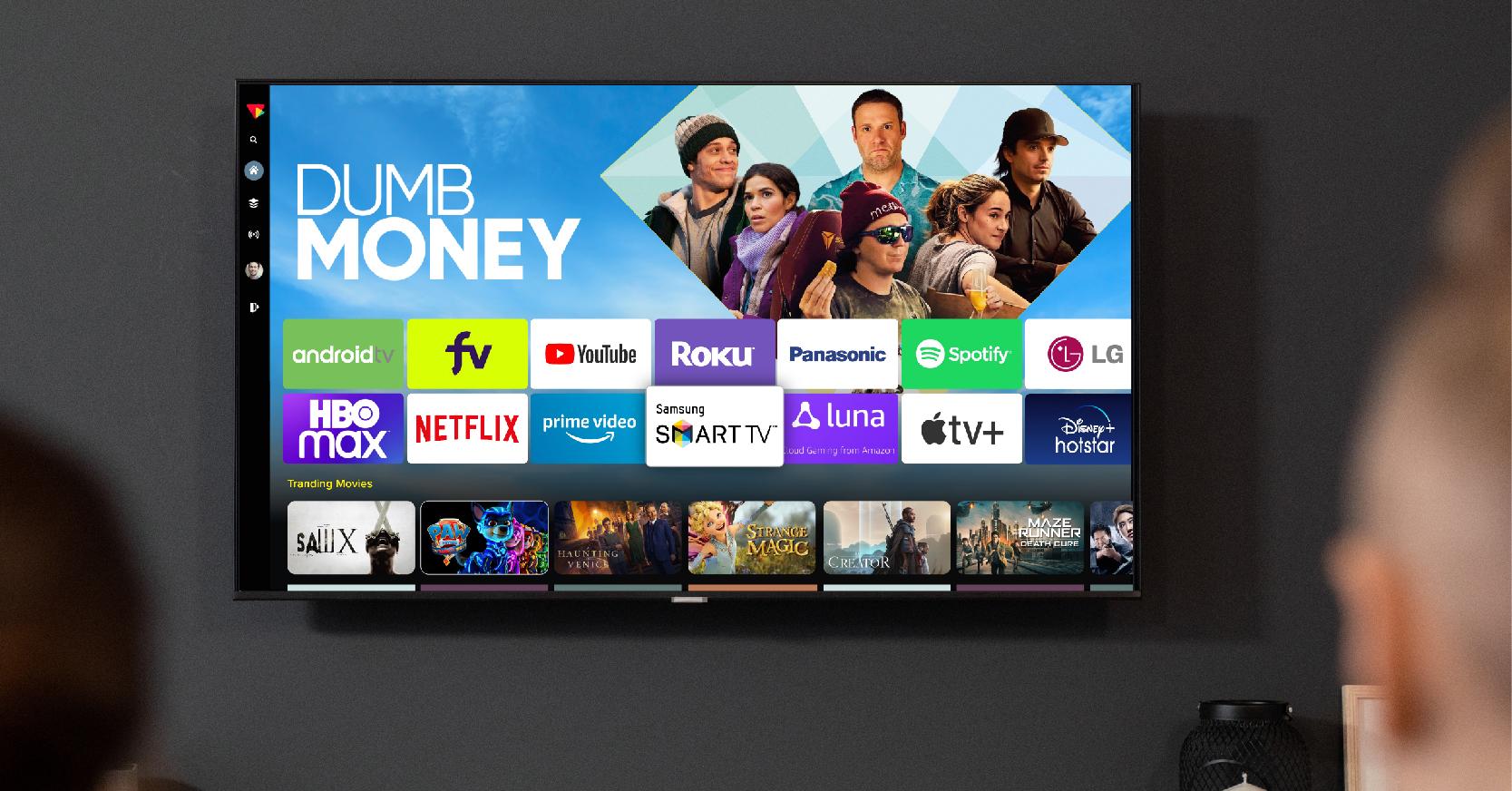Apollo Group Tv Things To Know Before You Buy
Apollo Group Tv Things To Know Before You Buy
Blog Article
The Single Strategy To Use For Apollo Group Tv
Table of ContentsLittle Known Facts About Apollo Group Tv.The smart Trick of Apollo Group Tv That Nobody is DiscussingMore About Apollo Group TvThe Ultimate Guide To Apollo Group Tv
In this circumstance, instead than having three-minute industrial places throughout a 30-minute tv program, TV programs might transform to one where a customer will certainly be required to have a regular monthly membership, so that they cen view targeted banner advertisements. This sort of marketing currently takes place on the net, and the quantity of data television business collect allows them to do similar.Define the significant trends among the broadcasting and cord networks. Popular radio shows such as cops drama Dragnet and western cowboy series Gunsmoke were adapted for tv, and brand-new TV programs were funded by single advertisers, just as radio programs had been.
Today, the television sector is much extra complicated. Programs are funded by multiple marketers; programs is controlled by major media corporations; and the 3 significant networks no longer dominate the airwaves however instead share their visitors with many wire channels. Numerous factors make up these trends within the industry, including technical developments, federal government policies, and the production of new networks.

The 45-Second Trick For Apollo Group Tv
Even public tv has actually become based on the impact of advertising and marketing. Developed in 1969, (PBS) developed out of a record by the Carnegie Payment on Educational Television, which took a look at the duty of instructional, noncommercial television on culture. The report recommended that the federal government financing public television in order to give diversity of programs during the network eraa service produced "not to sell products" however to "enhance citizenship and civil service (McCauley, 2003)." Public tv was also planned to give universal accessibility to tv for viewers in backwoods or visitors who can not afford to pay for personal television solutions.
The duration in between 1950 and 1970 is historically identified as the. Besides a small portion of airtime controlled by public tv, the three major networks (called the Big 3) dominated the television industry, jointly making up more than 95 percent of prime-time watching. In 1986, Rupert Murdoch, the head of international company Information Corp, released the Fox network, challenging the dominance of the Big Three.
Targeting young and minority audiences with programs such as Buffy the Vampire Slayer, Moesha, Dawson's Creek, and The Wayans Bros., the new networks intended to draw terminals far from their old network affiliations. However, instead of duplicating the success of Fox, UPN and WB battled to make an effect. Not able to draw in many affiliate stations, the two new networks reached less households than their larger opponents since they were inaccessible in some smaller sized cities.
This decision led the way for the advancement of cable movie networks, adding to the exponential growth of cable television in the 1980s and 1990s. apollo group tv. Further deregulation of wire in the 1984 Cord Communications Plan Act removed constraints on wire rates, allowing operators to charge what they wanted for cable television services as long as there worked competitors to the solution (a criterion that over 90 percent of all cable television markets can fulfill)
Little Known Questions About Apollo Group Tv.

Having developed the very first "superstation," Turner broadened his more information world by starting 24-hour information network CNN in 1980. At the end of the year, 28 nationwide programming services were readily available, and the cable television change had started. Over the next decade, the market underwent a duration of fast development and appeal, and by 1994 customers can choose from 94 basic and 20 costs cord services.
Figure 9 - http://www.askmap.net/location/7112535/indonesia/apollo-group-tv.16 Increased competitors from cable channels has caused a consistent decrease in the networks' target market scores. During the 1950s, the price of generating a single tv show boosted as programs ended up being much longer and production prices rose. Sponsorship on network tv changed from single sponsorship, in which a program was entirely supported and generated by one marketer, to multiple sponsorship, in which advertisers got 1- or 2-minute spots on the show
Pick one of the Big 4 networks and print out its once a week programs timetable. Watch the network's prime-time programs over the program of a week, noting the target market for each program.
Apollo Group Tv for Dummies

Straight TV, commonly described as standard program television, incorporates cord and satellite tv. It's called "linear" since web content follows a fixed programming routine, unlike on-demand content which the individual customer chooses to watch based on their very own preferences and timetable. So, when you ask, "What is direct TV?", consider it as the classic means of viewing TV that has actually been around for years.
Report this page